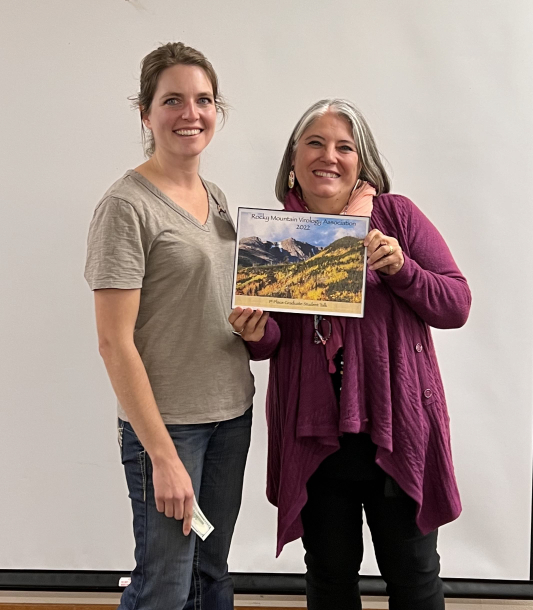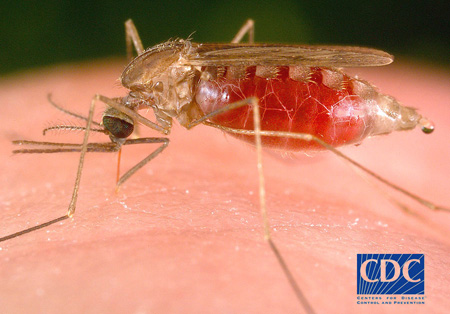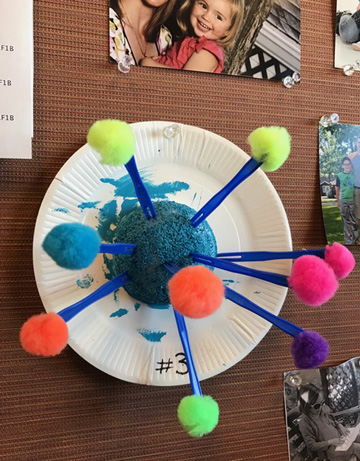Snake Nidovirus Research in the Stenglein Lab
The Stenglein lab was among the first to discover nidoviruses in snakes and to link them to severe respiratory disease. Over the last 4 years, research on nidoviruses and their role in disease has continued in our laboratory. We have confirmed that nidoviruses cause respiratory disease in snakes and have made additional contributions to understanding the disease and how it is spread. Currently, we are focused on answering the following questions related to python nidoviruses:
- Which snake species are susceptible to infection?
- Which snake species are susceptible to disease (some types of snakes may be infected but might not get sick)
- What fraction of infected snakes get sick, and to what extent?
- Why do some types of snakes get infected but not others?
- How is infection transmitted from snake to snake?
- Can some snakes recover from infection?
- How can infection best be diagnosed?
- What management strategies would be most effective at reducing or eliminating disease from a collection?
We are pursuing a multi-pronged approach to answer these questions that relies on sampling of naturally-infected snakes in private collections, and laboratory experiments. We are particularly interested in sampling collections of mixed snakes species with a history of nidovirus-caused respiratory disease. We never disclose the identity of collections.
Our laboratory does not currently study anti-viral therapies or vaccine development for this disease. There are several reasons for this: 1) similar respiratory viruses in humans and animals also lack effective therapeutics due to the nature of these viruses, 2) there are no effective commercially available vaccines for any diseases in snakes, and 3) these studies are usually very costly and often unsuccessful. We feel it is more practical and effective to investigate population characteristics of the disease in the hopes of generating appropriate management strategies for reduction and prevention of infection and spread.
Frequently Asked Questions
What are nidoviruses?
Nidoviruses are a group of related viruses known to cause a severe and sometimes fatal respiratory disease in snakes. These viruses are cousins of SARS and MERS coronaviruses that affect humans, which can also cause severe respiratory disease.
What snakes are susceptible to nidovirus infection and disease?
This is one of the primary questions our laboratory is trying to answer. So far, nidoviruses have been detected predominately in pythons and some boas, but it is our goal to determine all the snake species that are susceptible and how severely the disease affects them. There is no evidence that this virus can infect or cause disease in humans.
How many strains of virus are there and how do they differ in virulence?
Viruses that have complete genome sequencing data (a method for determining different strains of virus) have been isolated from ball pythons, an Indian rock python, and green tree pythons. The nidoviruses from ball and Indian rock pythons are relatively similar, but are quite different from those isolated from green tree pythons. Although these viruses have not been taxonomically categorized, it is likely there are multiple strains and these may affect snake species differently. Our research will attempt to address this question through the sampling of high numbers and a wide range of snakes of species.
What are the clinical signs of nidovirus infection?
The clinical signs can vary from mild and non-specific to severe respiratory signs or sudden death. Typically, snakes will begin to have increased amounts of clear mucus in the mouth and nose (A) and the gums may become reddened. This can progress to wheezing, breathing with the mouth open (B), more rapid breathing, or coughing. Other signs include a poor or non-existent appetite, weight loss, decreased activity level, dehydration, and spending more time on the bottom of the cage (if a perching snake). Secondary bacterial infections may also play a role in disease, so mouth rot could be evidence of an underlying nidovirus infection (although there are many other causes for this as well).
How long are snakes usually infected?
This is currently unknown. Some snakes remain nidovirus positive for over a year. Other snakes succumb to disease and die within 6-12 months of being infected. There is also evidence in our laboratory that some snakes can clear the infection following 6-12 months of infection, but the data to support this remains anecdotal and this is not clearly established. Overall, this disease is chronic and usually results in long-term infection in snakes.
How is this disease transmitted?
Our laboratory has found virus in the oral/nasal cavity, lungs, and feces. Therefore, transmission is thought to occur by direct or indirect exposure to respiratory secretions (similar to the common cold) or to feces from infected snakes.
How can nidovirus infection be treated?
Currently, there is no specific treatment for nidovirus infection in snakes, nor is a vaccine available. This is similar to other viral diseases of snakes, and in fact in most species, including humans. Only rare viral diseases have been treated with anti-viral therapy and with varying success. Also, there are no effective commercially available vaccines for any snake diseases, despite attempts at vaccine production. Typical treatment includes supportive care and antibiotics to prevent secondary bacterial infections.
How long does the virus stay infectious in the environment?
This has not been tested for snake nidoviruses. However, SARS coronavirus, a closely related virus, is relatively stable outside of the host for up to 4 days. For SARS, heating and UV irradiation can eliminate infectious virus in the environment, as can common disinfectants (e.g. accelerated hydrogen peroxide, alcohol-based disinfectants with greater than 79% ethanol, and solutions with at least 0.050% of triclosan, 0.12% of Chloroxylenol (PCMX), 0.21% of sodium hypochlorite bleach, 0.23% of pine oil, or 0.10% of a quaternary compound with 79% of ethanol). It is unknown if snake nidoviruses are similarly affected by these disinfectant and antiseptic methods, but compounds listed above are good places to start when sterilizing cages and areas that have been exposed to nidovirus positive snakes or their excreta. These viruses may also be carried as fomites on hands, clothes, and instruments, therefore, it is important to use appropriate protective gear and washing of items before using between infected and uninfected snakes. Ideally, nidovirus positive snakes would be isolated/quarantined in a separate area and have designated instruments and protective gear only used with these snakes.
Where can I find recent literature about snake nidovirus?
Stenglein 2014 - Ball Python Nidovirus: a Candidate Etiologic Agent for Severe Respiratory Disease in Python regius. (Web) (PDF)
Uccellini 2014 - Identification of a novel nidovirus in an outbreak of fatal respiratory disease in ball pythons (Python regius). (Web)
Bodewes 2014 - Novel divergent nidovirus in a python with pneumonia. (Web)
Marschang 2017 - Detection of nidoviruses in live pythons and boas. (Web)
Dervas 2017 - Nidovirus-Associated Proliferative Pneumonia in the Green Tree Python (Morelia viridis). (Web)
Hoon-Hanks 2018 - Respiratory disease in ball pythons (Python regius) experimentally infected with ball python nidovirus. (Web) (PDF)
How can I learn more about the Stenglein lab?
If you would like to know more about the Stenglein lab and the research we do, or you believe you have a collection that might be suitable for our study, please don’t hesitate to contact us:
Mark Stenglein - The head of the laboratory that conducts this research
Laura Hoon-Hanks - The veterinary researcher in charge of the nidovirus project
What can I do to support this research?
We appreciate your support - please see below for donation instructions:
To financially support this research:
If you are interested in financially supporting our research, your support would be utilized in multiple ways:
- The purchase of snake sampling supplies (e.g. swabs, tubes, virus media) and the shipping costs, which we provide free-of-charge to the private collections we are studying.
- The processing and testing of samples for nidovirus.
- The analysis of nidovirus positive samples by multiple modalities to further characterize the virus and the disease it causes.
- No funds will be used to pay the researchers. This funding will go directly to supporting affected collections enrolled in the study and financing the experiments necessary to study this virus.*
Donation Instructions
- Go to https://advancing.colostate.edu/CVMBS/MIP/GIVE
- Enter the amount you would like to donate in the "Microbiology, Immunology & Pathology Department Research" field.
- Click "Next"
- Enter in your contact information and click "Next".
- Select "Add Notes About My Gift" and enter "Stenglein lab nidovirus research" in the text field.
- Proceed to payment information.
Thank you! We appreciate your support!









